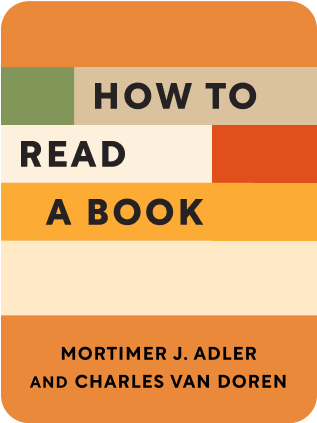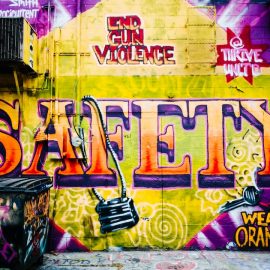

This article is an excerpt from the Shortform book guide to "How to Read a Book" by Mortimer J. Adler and Charles van Doren. Shortform has the world's best summaries and analyses of books you should be reading.
Like this article? Sign up for a free trial here .
How should you go about reading social science books? What makes these books different than other types of nonfiction?
Social science books are different than other forms of nonfiction because they should not be read as isolated works. When you read social science works, you should read many books on the same topic to get a comprehensive take on the matter.
Here’s how Adler and Van Doren suggest reading social science books in How to Read a Book.
Reading Social Science Books
Want to know how to read social science books well? Social science books economics, politics, sociology, psychology, and possibly those of professional trades (law, business). According to the authors of How to Read a Book, social science texts appear to be “easy” reading material, since they use jargon that has penetrated daily life—words like “psyche” and “gender.” The topics relate to your everyday experience. However, for this reason, you likely come in with preexisting bias, which must be ignored to read analytically.
(Shortform note: In Thinking, Fast and Slow, Daniel Kahneman calls this form of bias “What You See Is All There Is.” As humans, we naturally see the world from our own perspectives—so much so that we don’t even realize others might see the world in a different way. Therefore, the first step to overcoming bias is to realize your own view is biased in the first place.)
Furthermore, unlike science works, social science books tend not to define the essential terms and postulates. This is aggravated by the blending together of multiple fields, thus creating a struggle to define terms like “workforce” as clearly as “electron.” (Shortform note: Many authors in the social sciences do define their essential terms—however, these terms may differ from common usage. For example, in White Fragility, author Robin DiAngelo defines racism in terms of social power and control of key institutions, not in terms of individual prejudices.)
Adler and Van Doren advise reading several social science books on the same subject, since there usually aren’t single texts that comprehensively explore a topic. You should also lookout for new or revised editions of social science books you’ve already read, since the field evolves quickly and authors often revise their work in order to stay relevant. (Shortform note: Revising and rereleasing older work is less common among social science writers now than it was when Adler and Van Doren were writing; now, social scientists typically release new books as a complement to their older work. For example, Daniel Kahneman published his landmark book, Thinking, Fast and Slow, in 2011; in 2021, he collaborated with other subject experts on Noise, which extends the ideas of Thinking, Fast and Slow into a new direction.)
| Applying the “Four Questions” to Social Science Books You may notice that, unlike the sections on other types of books, this section does not end with “The Four Questions.” That’s because Adler and Van Doren are adamant that readers of social science literature shouldn’t focus on a single book—they should focus on a single subject and read several books on it (hence why this section comes at the end of the chapter, just before Comparative Reading). However, if we were to apply the Four Questions template here, it might look like this: The Four Questions: What is the overall message or theme of the book?State the questions the work tries to answer (just as you would for any other subject). How does the author’s argument unfold? Sketch out the author’s argument. What are the premises, and what evidence does she present to support them? Is the author’s argument valid? Social science is unique in that it takes a scientific approach to everyday life phenomena. Therefore, you should ask yourself whether the author’s argument reflects both your personal experience and your academic knowledge of the subject. What are the implications? For some books, if you agree with the author’s conclusions, it’s easy to act on them (for example, books about communicating better with others). For books that address wider societal issues, you may agree with the author’s conclusions, but only be able to act on them indirectly. For example, if you agree with Biased author Jennifer Eberhardt that cash bail is an unjust system, you can’t singlehandedly end it—but you could volunteer your time or money for the cause. |

———End of Preview———
Like what you just read? Read the rest of the world's best book summary and analysis of Mortimer J. Adler and Charles van Doren's "How to Read a Book" at Shortform .
Here's what you'll find in our full How to Read a Book summary :
- How to be a better critic of what you read
- Why you should read a novel differently from a nonfiction book
- How to understand the crux of a book in just 15 minutes






